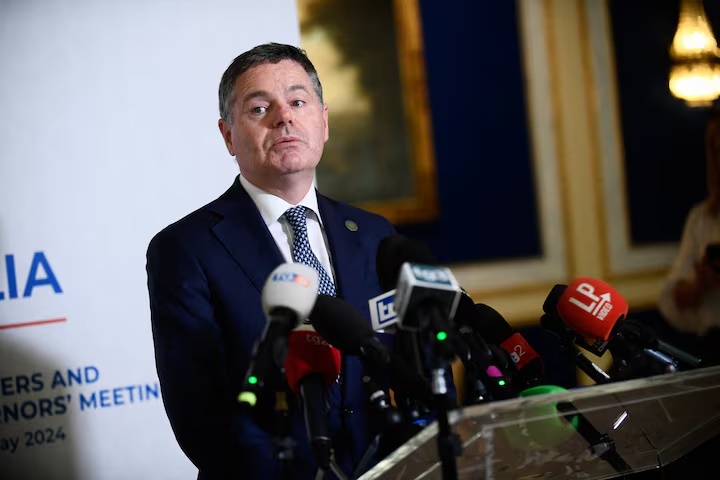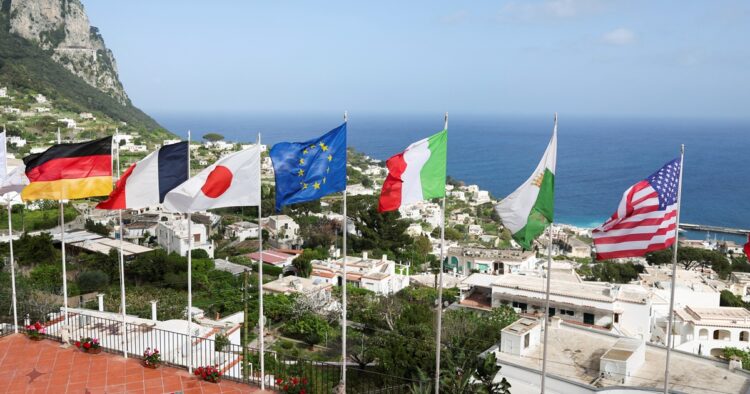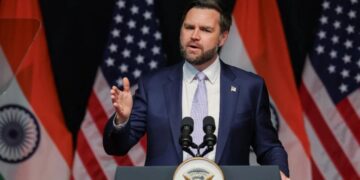European Union finance ministers are gearing up to discuss a strategic plan proposed by the G7 nations, aimed at leveraging windfall profits generated from Russian assets immobilized in the West following Russia’s invasion of Ukraine.
Paschal Donohoe, chair of the euro zone finance ministers, revealed that the discussions would take place after a G7 summit slated for later in June.
In the wake of Moscow’s invasion of Ukraine in February 2022, Western countries collectively immobilized approximately $300 billion worth of Russian central bank assets. These assets are estimated to yield annual profits ranging between 2.5 to 3.5 billion euros.

While legally seizing the capital tied to these assets poses significant risks, European governments have reached a consensus to utilize the profits generated by the frozen capital, as they don’t legally belong to Moscow.
The European Union, home to the majority of these frozen assets, has committed to directing the annual profits into a dedicated fund. This fund would then be utilized to procure weapons for Ukraine and aid in the nation’s post-conflict reconstruction efforts.
However, within the G7, particularly spearheaded by Washington, there’s a push to utilize these profits to provide substantial financial assistance to Ukraine in the form of a massive loan.
The G7’s proposed plan, which the EU will mull over post the G7 meeting in Italy from June 13 to 15, entails utilizing profits from the frozen assets to service the interest and potentially repay the principal amount of a loan extended to Ukraine.
This loan could be issued by the United States, G7 collectively, or the EU from its budget. Discussions surrounding the interest rate, loan maturity, and size are still ongoing, with U.S. Treasury Secretary Janet Yellen suggesting the loan could reach up to $50 billion.
ALSO READ: “US Advocates Ukraine Aid, Unified Stance on China at G7 Finance Summit”
However, to facilitate such a loan issuance, whether bilaterally from G7 governments or through market fundraising with an intermediary like the World Bank, the EU would need to provide assurances to the loan issuer regarding the availability of profits from the frozen assets to service the debt.
In addition, adjustments to the EU’s sanctions regime against Russia would be necessary, particularly concerning the frozen assets, to alleviate uncertainties arising from the current requirement of unanimous renewal of sanctions every six months.

















Comments